olive plant pruning
Elena Nuta
3 years ago
Featured Answer
Sort by:Oldest
Comments (19)
tapla (mid-Michigan, USDA z5b-6a)
3 years agoElena Nuta
3 years agoRelated Discussions
Damaged Olive tree - pruning/shaping
Comments (5)Hello, Thanks for the information. It is good to know that they can withstand some severe pruning or in this case (branch loss). You said that you already have some olives... when can I expect to see them budding? They are about 2 years old now, should they fruit this summer? I have attached two pictures that show the tree. Some of the branches are starting to look a little droopy but the leaves still look healthy. http://photos.gardenweb.com/garden/galleries/2007/05/olive_tree.html This second picture shows the break and how I tied it to try to restore some symmetry. http://photos.gardenweb.com/garden/galleries/2007/05/olive_tree_break.html Regarding pot size - you can see it in the picture they are roughly 18 inch pots at the moment. I expect that I will have to upgrade to bigger pots some day but they seem ok for now. I kept them on my enclosed porch for the winter and they did fine. It is not heated but does not freeze and receives roughly half of day of sun. Any comments are appreciated. Even if it is to yell at me for doing something wrong. :) Thanks, John...See MoreOlive Tree Pruning
Comments (7)No, I haven't Westelle. I suspect this refers to not leaving stubs when you prune. If you are always pruning to a side branch, in essence thinning and heading back, you can also shorten extra long young willowy branches, and they will tend to have multiple new shoots near the cuts. I think it is the nature of Olive trees to want to be very dense and shade their own roots, probably as a defense against long hot summers and drying winds. To open them up as young plants will take continued pruning, as they want to "recover" their density if left to themselves....See Morecloud pruning an olive tree
Comments (0)I am having a difficult time trying to find out how to cloud prune an olive tree. Does anyone know where I can start or find additional information? I have found a few articles on pines...but not Olive trees. I have seen quite a few that have been done nicely and would like to do the same with mine. Thank you...See Moreolive tree pruning
Comments (4)Recently become proud owner of 70 olive trees. Surprised to discover there are at least 252 varieties! For new trees try to achieve a bare trunk up to about five feet then keep the centre of your tree open by aiming for a goblet shape. Remove all suckers at least once during the summer months. Prune during the winter and prune fairly hard every three years - keep the centre open! If you don't spray , burn all prunings....See Moretapla (mid-Michigan, USDA z5b-6a)
3 years agoElena Nuta
3 years agotapla (mid-Michigan, USDA z5b-6a)
3 years agoElena Nuta
3 years agotapla (mid-Michigan, USDA z5b-6a)
3 years agoElena Nuta
3 years agoElena Nuta
3 years agoElena Nuta
3 years agotapla (mid-Michigan, USDA z5b-6a)
3 years agoElena Nuta
3 years agoElena Nuta
2 years agotapla (mid-Michigan, USDA z5b-6a)
2 years agolast modified: 2 years agoElena Nuta
2 years agotapla (mid-Michigan, USDA z5b-6a)
2 years agoElena Nuta
2 years agotapla (mid-Michigan, USDA z5b-6a)
2 years ago
Related Stories

GARDENING GUIDESGot Frost-Damaged Plants? How It Happens, and When and How to Prune
Crispy brown leaves are a sure sign that Jack Frost has been to your neighborhood
Full Story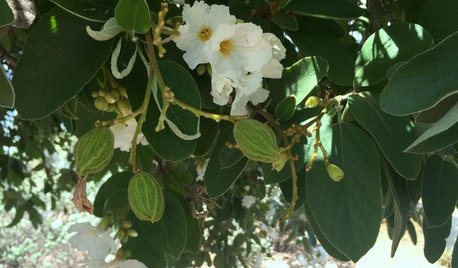
GARDENING GUIDESGreat Design Plant: Cordia Boissieri
Texas wild olive adds beauty to the drought-tolerant garden with its white blossoms and dark green, leathery leaves
Full Story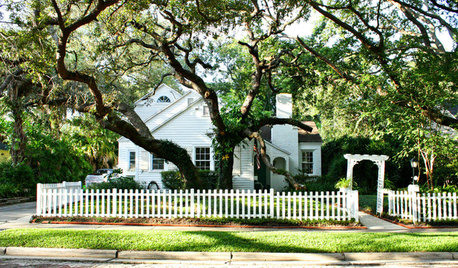
TREESGreat Design Plant: Southern Live Oak Offers an Unbeatable Canopy
Keep it dense or prune it for more light. No matter how you grow Quercus virginiana, it’s a majestic addition to its native landscape
Full Story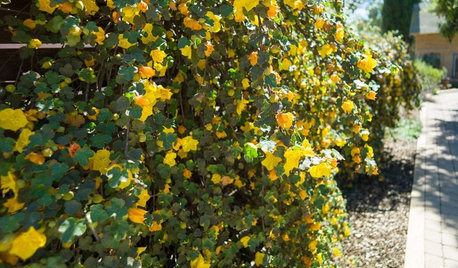
GARDENING GUIDESTidy Up Sprawling Native Shrubs With These Pruning Tips
Sound horticultural pruning methods work for native and nonnative plants alike
Full Story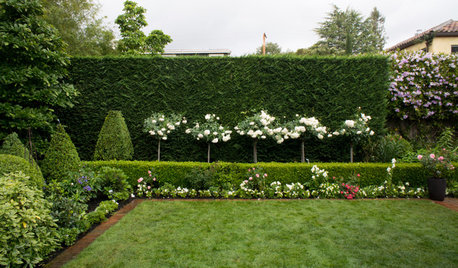
GARDENING GUIDESTake Care of Your Hedges With These Pruning Pointers
Hedging plants are often called the garden’s architecture. Here’s how to keep different kinds healthy and attractive
Full Story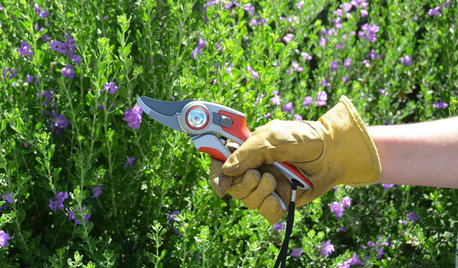
GARDENING 101Key Pruning Terms to Help You Shape Up Your Garden
Learn why heading back, crown raising and other practices are essential for your plants’ health and beauty
Full Story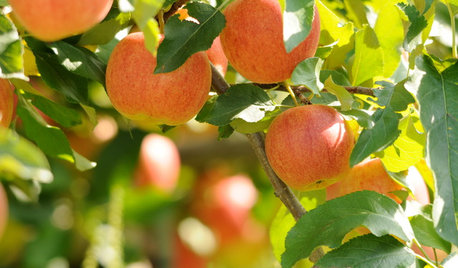
WINTER GARDENINGHow to Prune Your Fruit Trees in Winter
Garden chores may slow down this season, but pruning your fruit trees now means healthier plants that will produce more
Full Story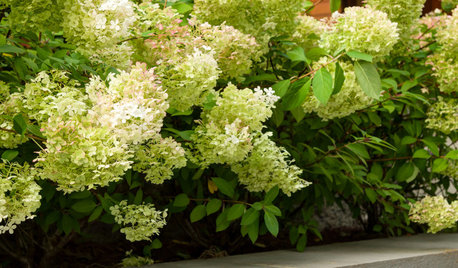
GARDENING 101When Should You Prune Your Trees and Shrubs?
Pruning keeps plants healthy. Find out the best time to cut back flowering trees, needle-bearing shrubs and more
Full Story
WINTER GARDENINGPruning Secrets for Exquisite Roses
Encourage gorgeous blooms year after year with this time-tested advice on how to prune your rosebush in winter for health and shape
Full Story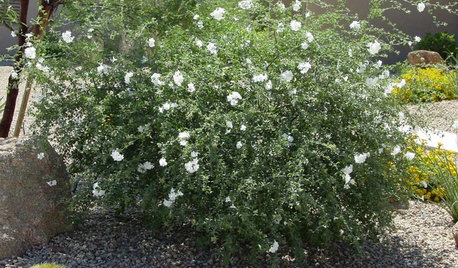
GARDENING GUIDESGreat Design Plant: Little-Leaf Cordia Handles Desert Extremes
Its delicate white flowers are rare in hot and dry sites, but Cordia parvifolia offers more than mere beauty
Full Story


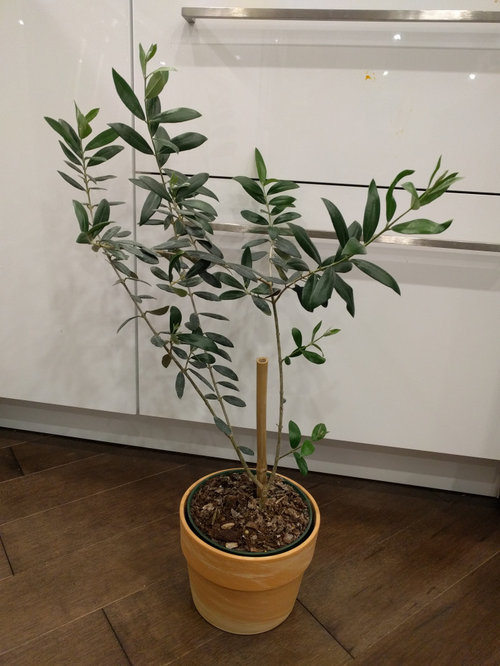
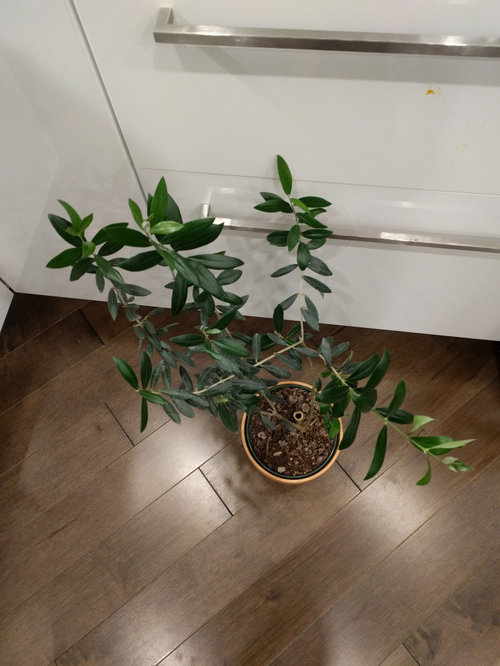
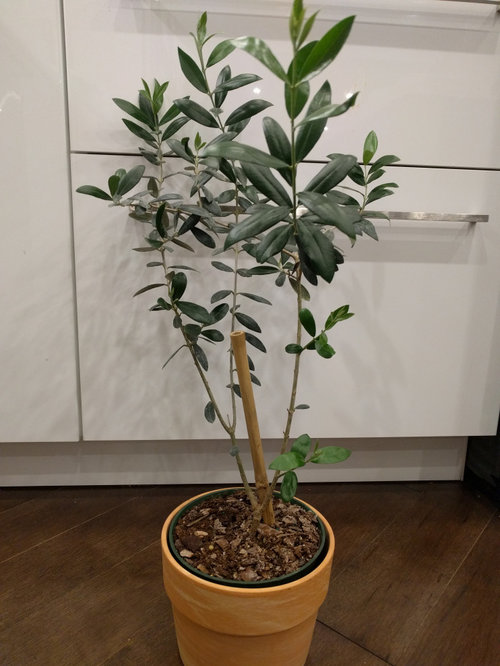
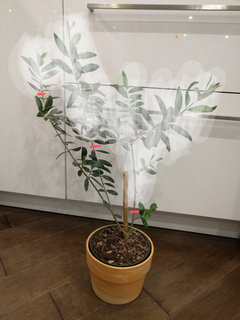
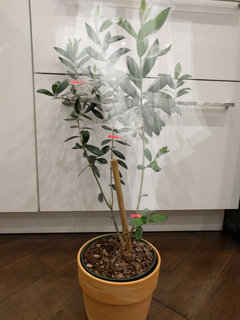
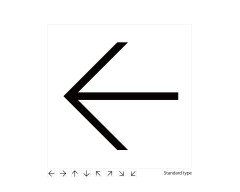

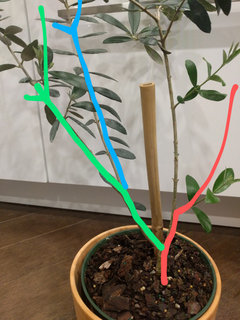
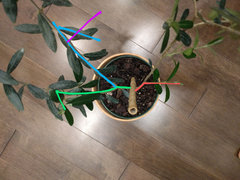

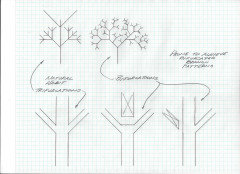
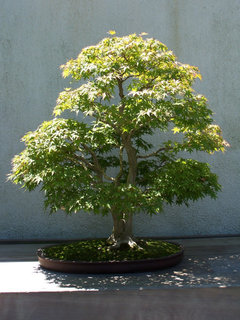
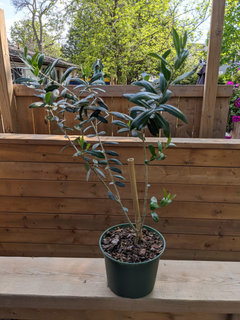
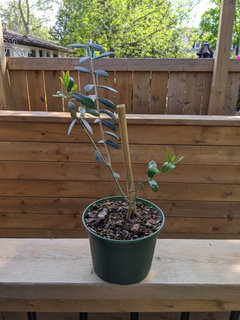
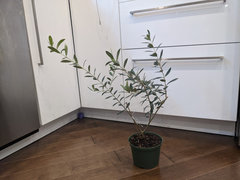



tapla (mid-Michigan, USDA z5b-6a)